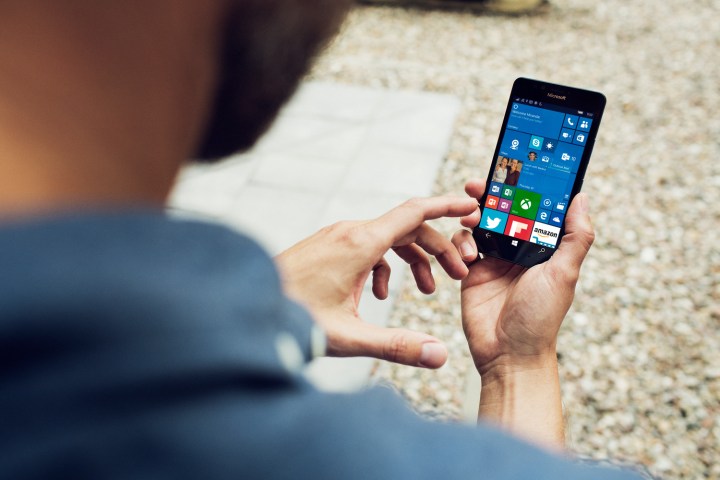
Steve Ballmer, the previous chief executive of Microsoft and its single largest shareholder, said Windows phone “needs Android apps,” and questioned current CEO Satya Nadella’s response to a question on the lack of key apps on Windows phones.
Nadella said that allowing developers to build universal apps that work on computers, tablets, and mobile is the company’s strategy to gain developer’s interest. Ballmer disagreed with his point.
He also vented about the way Microsoft reports its cloud business, stating that the company needs to disclose its profit margins and sales. He called the run rate — what Microsoft use as the metric to report its cloud business — “bullshit.”
It is odd to see Ballmer all of a sudden switch his opinion on mobile, considering during his tenure as CEO he mocked Android. However, Android has become a much more usable and relevant platform since 2011 when he made those remarks, so pushing for integration is not a bad suggestion from the ex-CEO. In fact, it’s a strategy that BlackBerry has embraced, opening up its BB10 devices to Amazon’s
Microsoft has been working on Android integration for a while, but that project appears to be on hold. A range of Nokia devices were also released shortly after the $7.2 billion Microsoft acquisition, running a customized version of Android with Microsoft apps.
Windows Phone is the third largest mobile platform in the world, but that doesn’t mean much since it holds less than three percent market share. iOS holds around 20 percent, and Android takes the lion’s share with 75 percent. That might force Microsoft to look into either integration, or a full move over to
Editors' Recommendations
- The Windows 11 Android app dream is dead
- Microsoft is removing a Windows app that’s almost 30 years old
- Microsoft’s Surface Duo gets a Windows-style refresh with Android 12L
- These 80+ apps could be running adware on your iPhone or Android device
- Even Microsoft is running an unsupported Windows 11 PC


